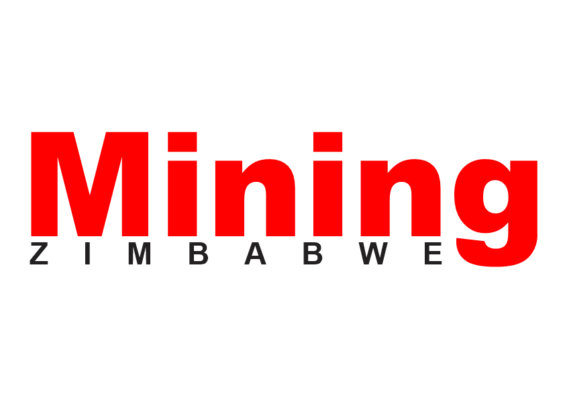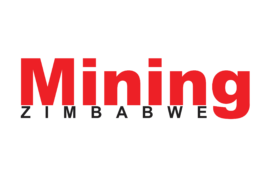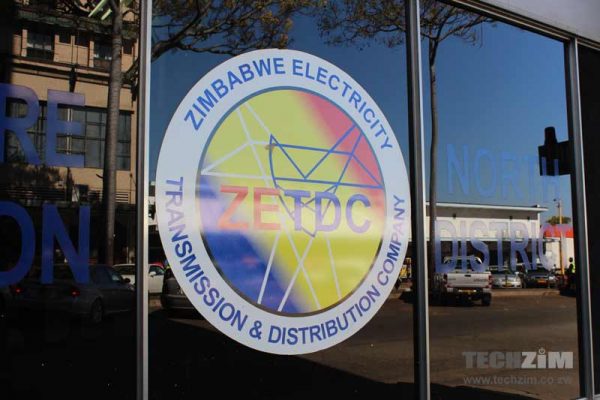The mining sector, Zimbabwe’s largest consumer of energy, currently owes the Zimbabwe Electricity Supply Authority (ZESA) a staggering Z$684.8 million (US$45.6 million).
By Ryan Chigoche
This amount represents 12% of ZESA’s total debtors’ book, placing a significant financial strain on the utility. The substantial debt has hindered ZESA’s ability to invest in critical infrastructure and manage its operational costs effectively.
The mining sector’s debt positions it as the second-largest debtor to ZESA, following the industrial sector, which comprises 50% of ZESA’s total debt, amounting to Z$5 billion. In total, ZESA Holdings is dealing with consumer debts exceeding Z$5.7 billion. These financial challenges are being compounded by limited electricity generation, due to low water levels at the Kariba Dam—a key source for the 1,050 MW Kariba Hydropower Station—and outdated equipment at the Hwange Thermal Power Station.
According to ZESA, these funds are critical for them to meet their essential obligations, including loan repayments, water bills, coal purchases, and infrastructure maintenance. To gain foreign currency to meet these obligations, ZESA is exporting electricity during non-peak hours to generate foreign currency, underscoring the urgency of addressing both the financial and operational challenges the utility faces.
The relationship between ZESA and the mining sector has been strained, marked by frequent disputes over debt repayment. In early 2021, ZESA even threatened to cut off power supplies to mining companies in arrears. This situation highlights the severity of the debt crisis and the difficulties ZESA encounters in managing its financial obligations.
As the largest consumer of electricity in the country, the mining sector relies heavily on a stable and reliable power supply to sustain its mining and processing activities. However, power shortages and frequent outages have disrupted operations, emphasizing the urgent need for a stable energy supply. The mining sector’s substantial debt to ZESA, combined with its high energy demands, underscores the broader challenges facing Zimbabwe’s power infrastructure and highlights the need for both immediate and long-term solutions to ensure energy stability for continued growth and development in the industry.
Looking ahead, ZESA has outlined plans to more than double the national grid capacity by 2025. Although the utility has a generating capacity of 2,000 megawatts (MW), it currently produces only 1,400 MW due to regular breakdowns at its thermal power stations and ongoing water shortages at its hydroelectric plant. To address this shortfall, Zimbabwe plans to add 2,300 MW to the grid by 2025, with more than 80% of the new capacity expected to meet the demands of the mining sector.
In response to the growing power needs, large-scale miners have been given a deadline until 2026 to establish their own power generation facilities. This initiative is in anticipation of continued economic growth, which is expected to push power demand above 3,000 megawatts within the next two years. The increased demand is driven by the emergence of several new lithium mining companies and the construction of the US$1.5 billion Dinson Iron and Steel Company (Disco) plant in Manhize, near Mvuma in the Midlands, among other new projects across the country.
The mining sector’s significant debt to ZESA and the ongoing power supply challenges reflect broader issues within Zimbabwe’s energy sector. The planned increase in power generation capacity and the shift towards self-generation by mining companies are crucial steps toward addressing these challenges and ensuring a stable energy supply for the future.
.png)




